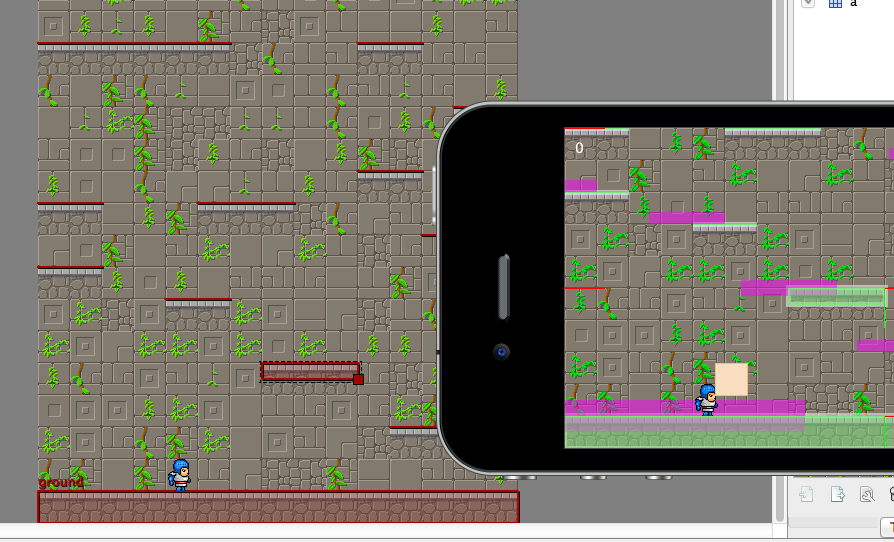Thanks for the input - I just committed the fix for that 
There are two copies so that you can have the easiest access:
[lua]
map.layer[1] – Will always point to the first layer
map.layer[“name”] – Or you can do it from the name
[/lua]
As for the tiles in the tables twice… Can you please expand a bit? That doesn’t sound so good 
[EDIT] I think I’ve got what you mean, actually - you mean the object layer’s objects? They’re the same:
[lua]
layer.object[1] – For for i = 1, #layer.object iteration
layer.object[“name”] – For easier object access
[/lua]
- C

